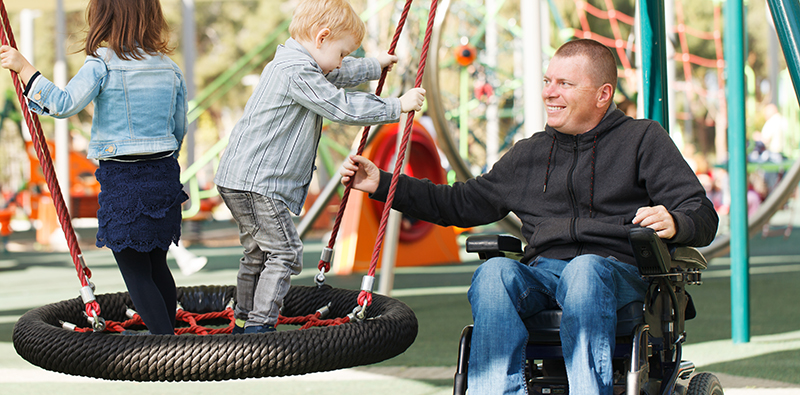
Exercise guidelines for people with a spinal cord injury (SCI) have been translated into four additional languages Japanese, Korean, Thai and Indonesian for use in Asian countries.
The guidelines, launched in 2017, were developed by an international group of 29 researchers, clinicians, community organisations and people with SCI, to inform people how much exercise is necessary for important fitness and health benefits.
It is recommended that to improve fitness, adults with SCI should engage in at least 20 minutes of moderate to vigorous intensity aerobic exercise two times a week and three sets of moderate strengthening exercise for each major functional muscle groups two times per week. To improve cardiometabolic health, it is suggested they engage in at least 30 minutes of moderate to vigorous intensity aerobic exercise, three times per week. See research article https://www.nature.com/articles/s41393-017-0017-3
While the Peter Harrison Centre has been actively working with its European partners it has also had a long-term partnership with colleagues in Japan. Consequently, it was acknowledged that the guidelines needed to be tailored to the language, research, needs and preferences of adults with SCI and SCI clinicians in Asian countries.
To address this need, in 2019, Dr Kyungsu Jung and leading medical doctor Prof Fumihiro Tajima, from Wakayama Medical School approached Dr Jan van der Scheer to apply for a Kyoten Grant. Their collective vision was to include key members of the International SCI Exercise Guidelines Project (Dr Jan van der Scheer, Prof Kathleen Martin Ginis and Prof Vicky Goosey-Tolfrey) and to work collaboratively with Asian rehabilitation medical staff to translate and begin to understand the landscape to developing clinical practice guidelines for adults with a SCI for use in Asia.
The main purpose of this project was to verify the applicability of the International SCI Exercise Guidelines for Asian countries by reviewing the combined SCI exercise intervention literature from Japanese, Korean, Indonesian and Thai scientific journals. It also aimed to translate the English-written scientific guidelines into a Japanese scientific version, and support the translation into Korean, Indonesian and Thai scientific versions.
The Asian translations of the SCI exercise guidelines as well as local contact information for each country can be found at www.ncsem-em.org.uk/sciguidelinesasia/
As well as being translated into Asian languages the guidelines are also available in European languages including, English, German, Spanish, Italian, Swedish and Dutch. The guidelines and related resources can be found on the SCI Europe website www.ncsem-em.org.uk/sciguidelineseurope
Professor Vicky Tolfrey, Director of the Peter Harrison Centre for Disability Sport said: “It is great that we have worked together collectively to produce these Asian translations. Given the rise in participation in physical activity and sport for persons with a SCI following the Paralympic Games in London 2012, I hope that these also provide an incentive for people to do the same in Asia. That said, in order to ensure this goal then the dissemination pathways of the translations need to be explored further”.
Kyungsu Jung Project Co-ordinator and Researcher at Wakayama Medical University said: “Our original Kyoten Grant aimed to contribute to the health of people with impairments. I believe that this international project has achieved the basis of what we have aimed and now I hope that our collaboration continues to produce further outcomes and achievements.”